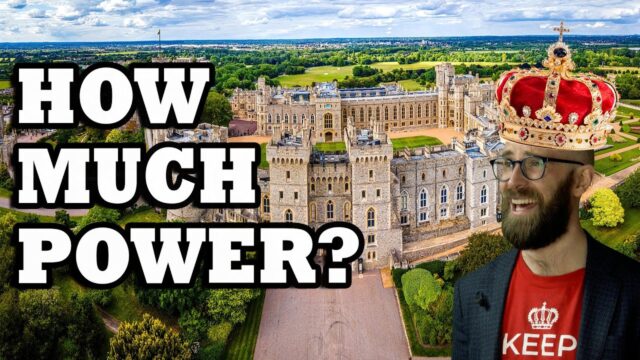“Unraveling the Myths: The Surprising Reality of Medieval Monarchical Power Revealed!”
But for whatever reason, popular culture is besotted with the Middle Ages.
The King. The Queen. The Emperors. The Monarchs. Whether evil or righteous, they are frequently portrayed as wielders of absolute power, whose will and authority are uncontested.
It only takes their word to bestow incredible fortune on the story’s protagonist or redress some criminal wrong. And it only takes their whim to heavily tax the poor, burn down some village, behead a jester whose jokes are no longer funny. Or more directly, to unleash a war for their own gain.
But how much of any of that representation corresponds to reality? What kind of power did a Medieval monarch actually have?
To begin with, let’s define what we mean by ‘Middle Ages’. There is no universal consensus amongst historiographers, but the majority tend to agree that this is the period between the fall of the Western Roman Empire, 476 AD, to the fall of Constantinople, in 1453. Given this is a period about 1,000 years long during which nations and empires rose and fell across the planet, while systems of government underwent gradual and profound changes, let’s just say addressing the question of what amount of power was actually wielded by a given monarch in that vast period is rather complex. BUT a complex topic has never stopped us before, so let’s give it a good old college try looking at some of the most notable leaders in England, France, the Holy Roman Emperor, the Abbasid Caliph, as well as the Great Khan of the Mongols, and what kind of power they actually had.










